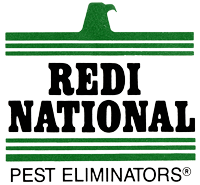What Role Do Employees Play in Maintaining a Pest-Free Office?
In the modern corporate landscape, maintaining a pest-free office environment is crucial not only for the health and safety of employees but also for the overall productivity and reputation of a business. While many organizations invest time and resources in professional pest control services, the role of employees in this endeavor is often understated yet…
